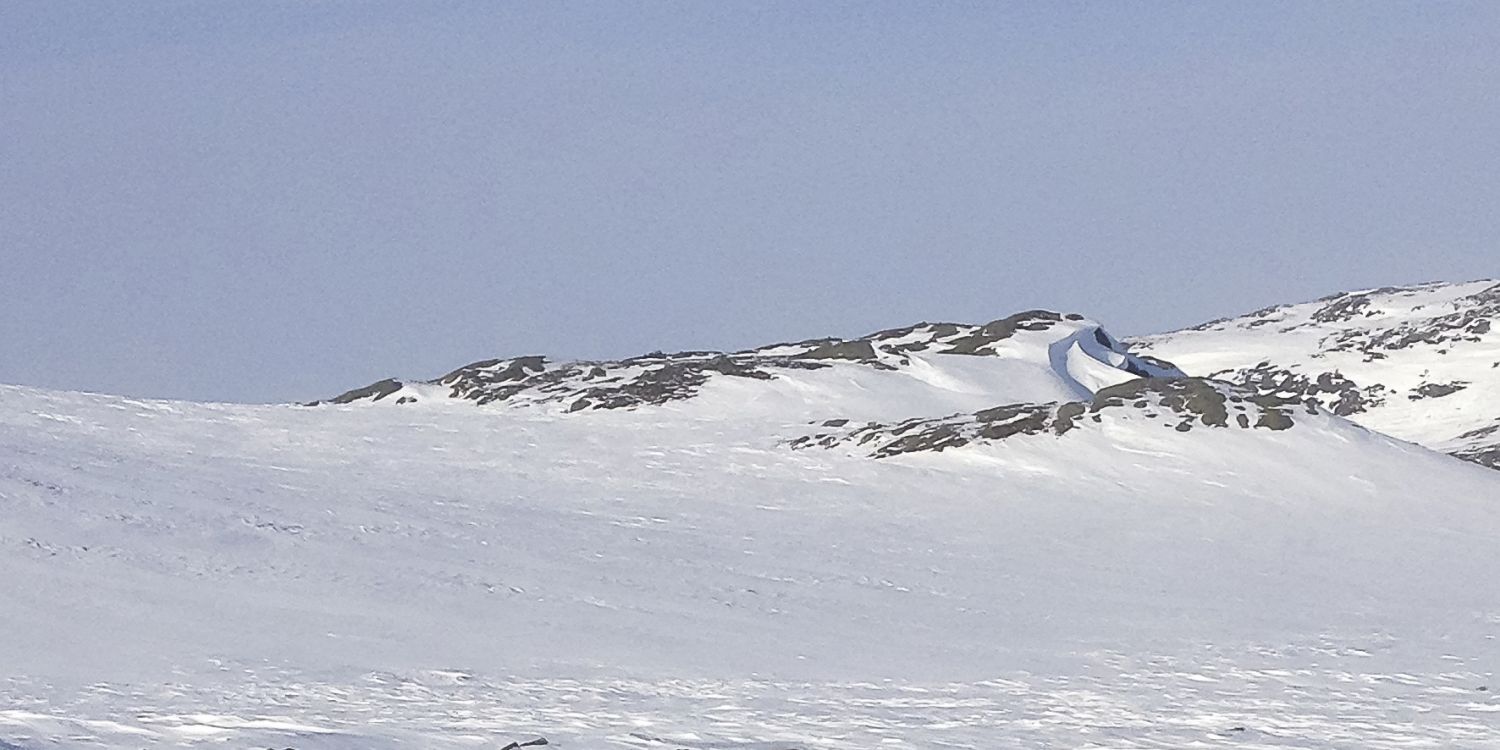Project grant 2020
Project:
”Year-round climate feedbacks of winter phenological (mis)matches of plants and microbes across the Arctic”
Principal Investigator:
Docent Ellen Dorrepaal, Umeå University
Co-Investigators:
Umeå University
Johan Olofsson
Swedish University of Agricultural Sciences
Karina Engelbrecht Clemmensen
Sara Hallin
Grant in SEK:
28 900 000 over five years
“According to available projections, the greatest effects of climate change will be felt in winter. Warmer winters will impact soil processes and plant photosynthesis,” says Ellen Dorrepaal, researching at Umeå University.
The research project aims to study how the frequently warm microclimate under the Arctic snow cover impacts greenhouse gas emissions. She and her fellow researchers are measuring how active plants, fungi and bacteria are under the snow – how that activity impacts greenhouse gas emissions, and how these processes may affect the future Arctic climate.
Field studies in Abisko
The most extensive experiments are being carried out in Abisko, in the far north of Sweden. Abisko is home to a research station, to which researchers at Umeå University have access via the Climate Impacts Research Centre (CIRC).
“I myself am a resident of Abisko. It’s really exciting to be able to use the unique advantage of having permanent staff at the research station, and being able to research throughout the year,” Dorrepaal says.
In a later phase Dorrepaal will be scaling up the study to provincial level with the help of image data from drones and satellites, and with complementary studies in other countries and regions of the Arctic, such as Alaska and Svalbard.
It can be difficult to access such remote regions in winter for research purposes, which is why researchers have not measured these processes before. It is also methodologically challenging – slow processes can be difficult to measure, and the equipment is not adapted to low temperatures. It is a demanding task – being the first to rise to a complicated challenge entails a high level of risk.
Text Umeå University
Photo Konstantin Gavazov

